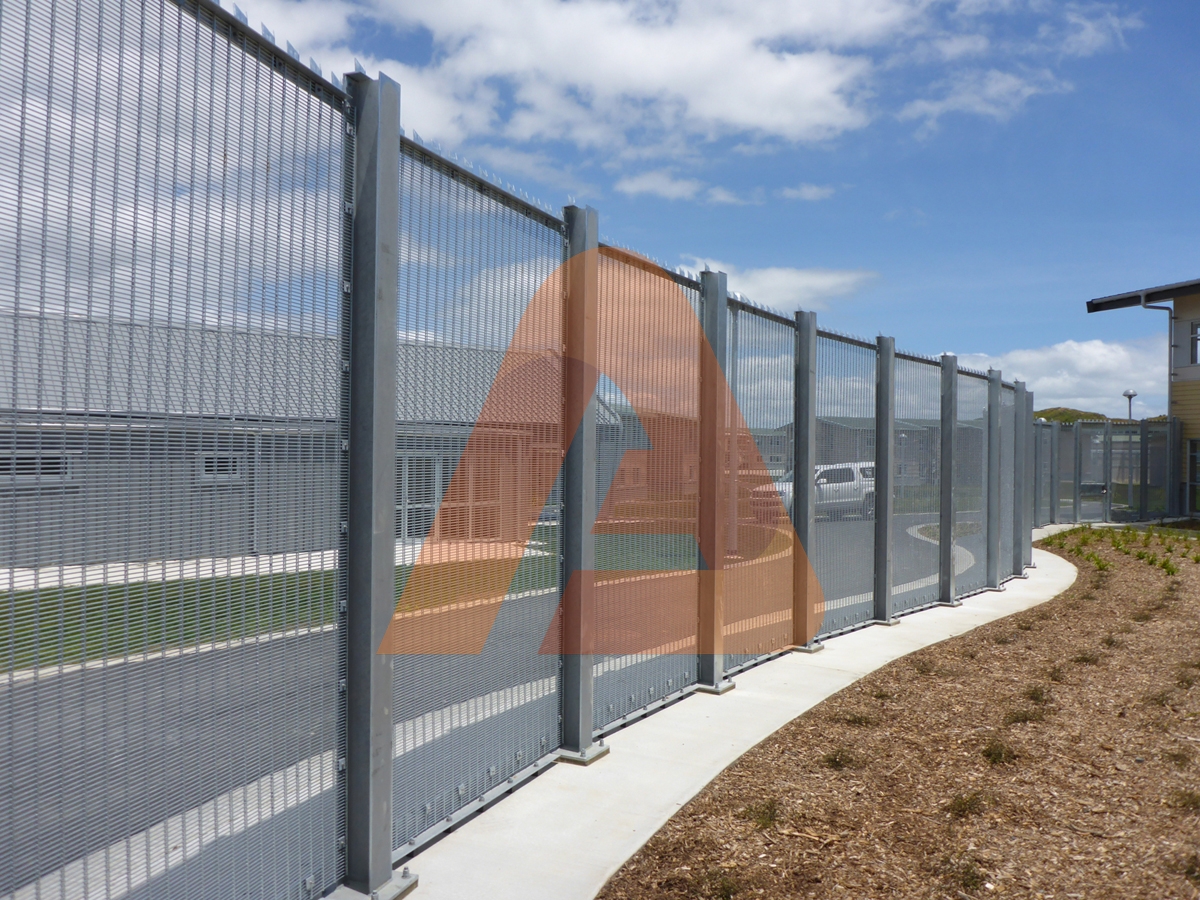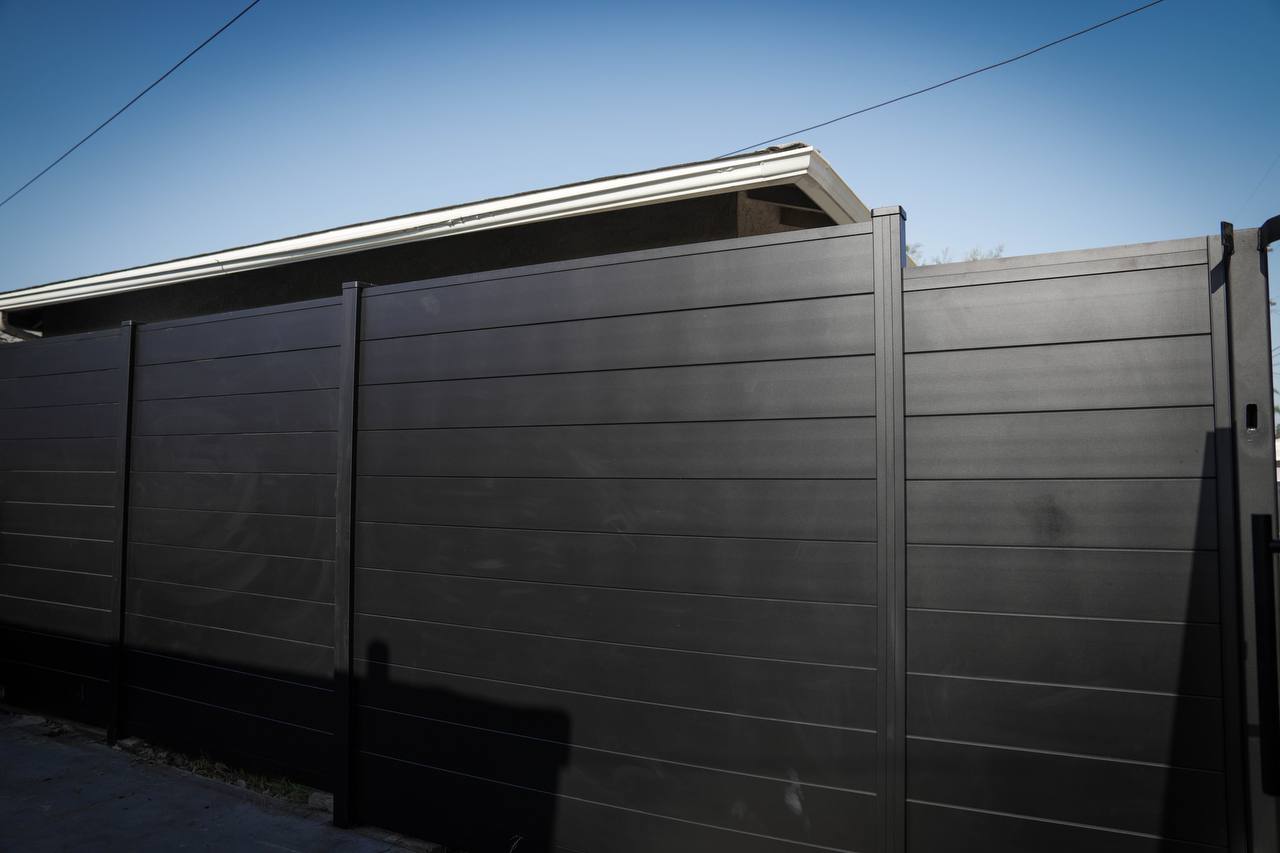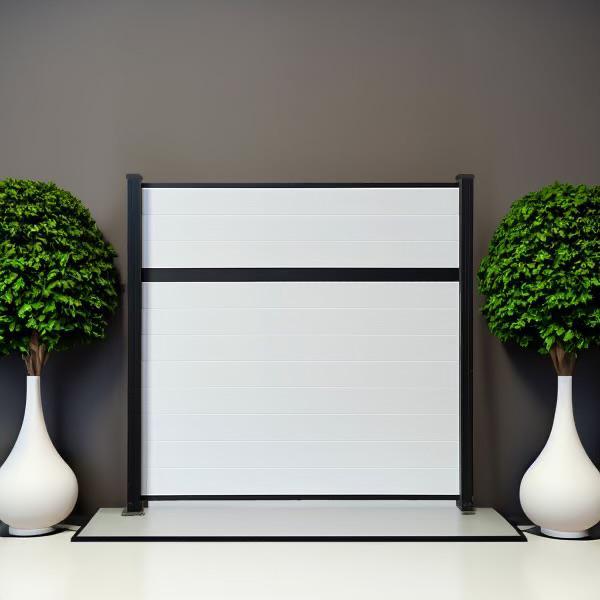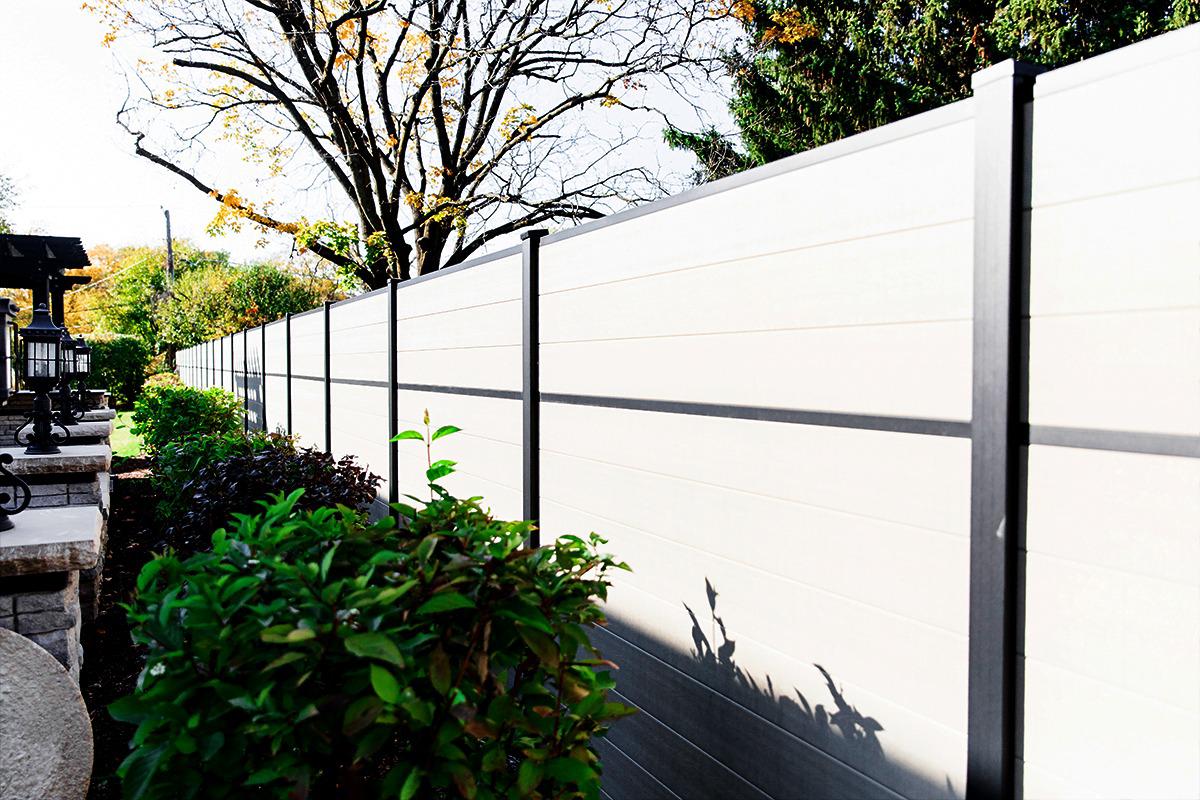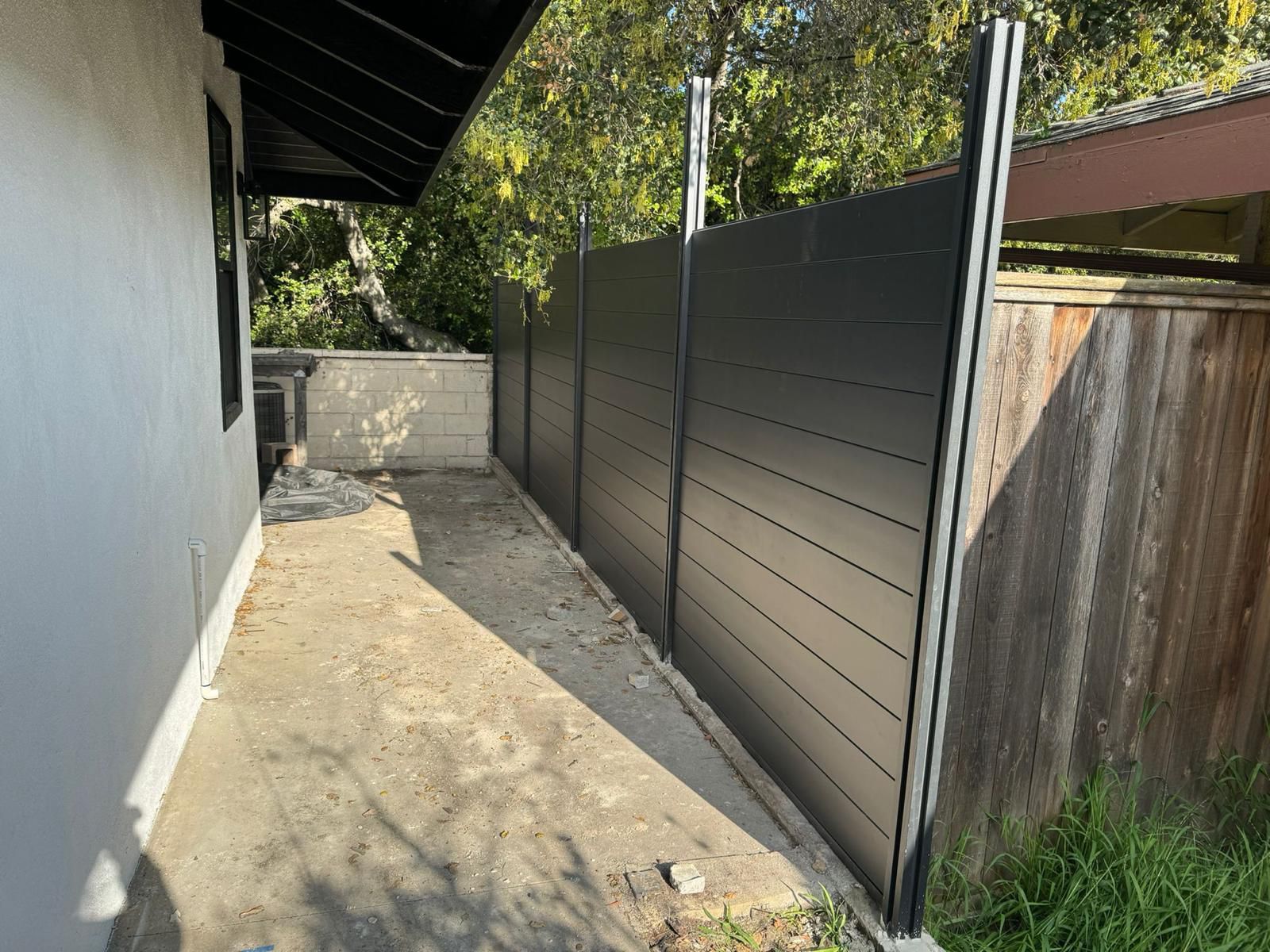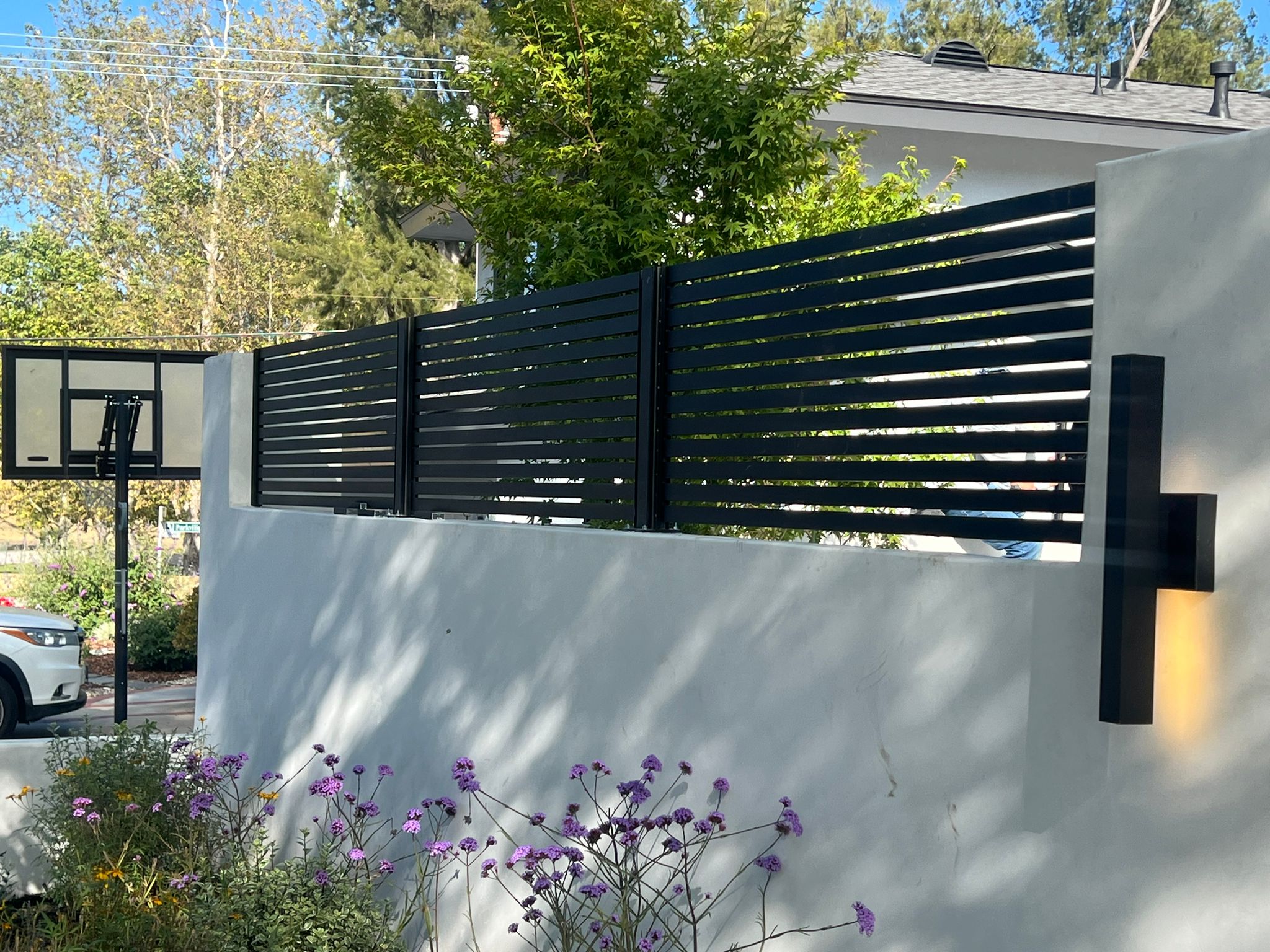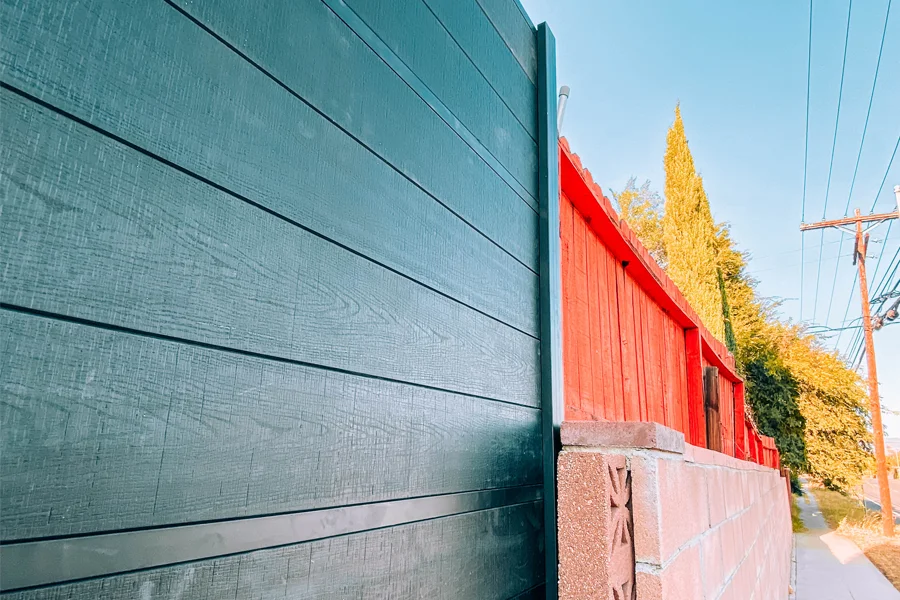
Is composite fence better than wood?
- By Admin
- Posted on
For decades, wood fencing has been the go-to choice for homeowners who love the warmth and charm of natural materials. But in recent years, composite fencing has gained massive popularity — and for good reason. It promises the same stylish look as wood, yet with none of the rot, splinters, or tedious upkeep.
So the big question is: Is composite fence better than wood?
In this in-depth guide, we’ll break down everything you need to know — cost, lifespan, maintenance, and environmental impact — so you can confidently choose the best fencing material for your home.
What Are We Comparing?
What Is a Wood Fence?
Wood fencing has been around for centuries. It’s beautiful, versatile, and easy to customize. Whether you’re going for cedar, redwood, or pressure-treated pine, wood provides that timeless, rustic feel many homeowners adore. You can stain it for rich color, paint it white for a classic look, or leave it natural to age gracefully.
However, being an organic material, wood reacts to the environment. It expands, contracts, and absorbs moisture, which makes it susceptible to warping, cracking, and rotting. Without regular maintenance, even high-quality wood fences can deteriorate faster than you think.
What Is a Composite Fence?
Composite fencing is made from a blend of recycled wood fibers and durable plastics. The result is a modern, engineered material designed to mimic real wood — without its downsides.
Composite panels resist rot, insects, fading, and moisture damage. They don’t require painting or staining, and they maintain their appearance for decades. Available in many colors and textures, composite fences have become a favorite among homeowners who want a sleek, contemporary look with minimal effort.
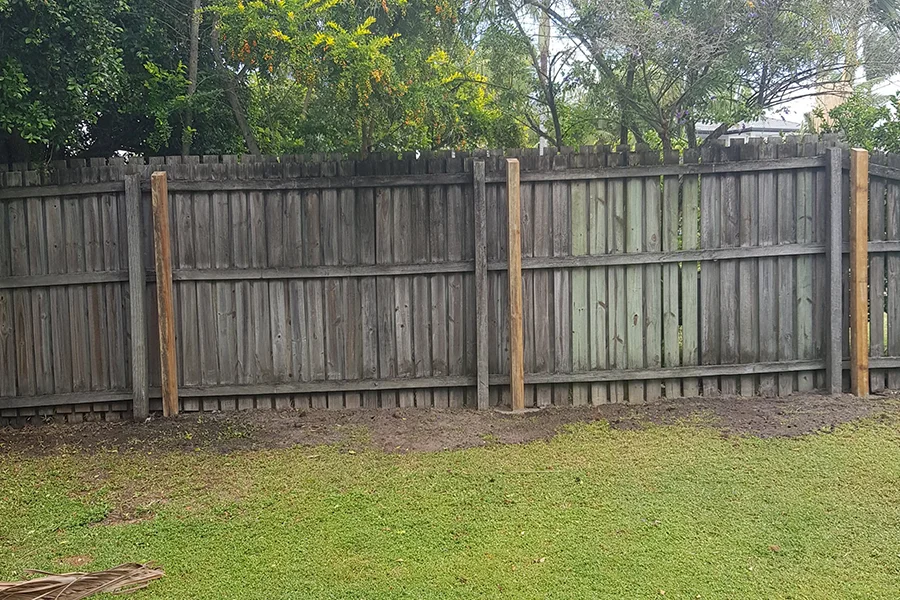
Composite Fence vs Wood: The Comparison
Durability and Lifespan
Composite fences generally last between 25 and 50 years, depending on climate and brand. They resist rot, moisture, UV damage, and insects.
Wood fences, on the other hand, typically last about 10 to 20 years — and that’s with regular maintenance. Even premium woods like cedar eventually split and fade under intense sunlight.
Maintenance and Upkeep
This is where composite clearly pulls ahead. Composite fences need nothing more than an occasional rinse to remove dust or pollen. There’s no staining, sanding, or sealing.
Wood fences demand continuous care — staining every few years, replacing rotted boards, and repainting to maintain color. Over time, those small tasks add up to major costs.
Cost: Short Term vs Long Term
Wood has the advantage upfront. It’s usually cheaper to buy and install. But when you include maintenance, repairs, and replacements, it becomes more expensive in the long run.
Composite fencing costs more initially, but it quickly pays for itself through savings on upkeep and its far longer life expectancy.
Aesthetics and Style Options
Wood will always have natural charm. The knots, textures, and earthy scent are hard to duplicate. Still, modern composite materials have come impressively close. Manufacturers now produce boards with deep-embossed grain patterns and matte finishes that look just like stained hardwood — but without the fading or peeling. For contemporary homes, composite offers a sleek, consistent look that stays that way for decades.
Environmental Impact
Wood can be sustainable if sourced responsibly, but frequent replacements generate waste and increase demand for new lumber. Stains and sealants also release chemicals that aren’t environmentally friendly.
Composite fencing uses recycled materials — both plastic and reclaimed wood fiber — making it a greener choice over its lifetime. Since it doesn’t require chemicals for preservation, its carbon footprint remains low once installed.
Installation and Practicality
Wood is lightweight and easy to cut, making it ideal for quick, on-site customization. Composite fencing is denser and heavier, requiring precision during installation, but once it’s set, it doesn’t shift or warp. Many systems now come pre-assembled, making them contractor-friendly and suitable for modern builds or DIY homeowners who want long-term reliability.
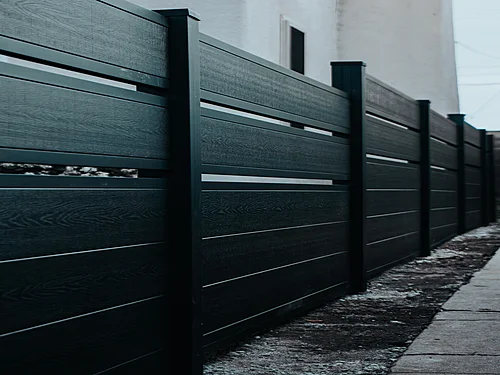
Which Fence Should You Choose?
If you’re torn between composite and wood, here’s a simple guide to help:
Choose Composite if you want a long-term, low-maintenance investment that resists fading, termites, and weathering.
Choose Wood if you prefer natural materials, enjoy hands-on projects, and are comfortable with regular maintenance for a lower initial price.
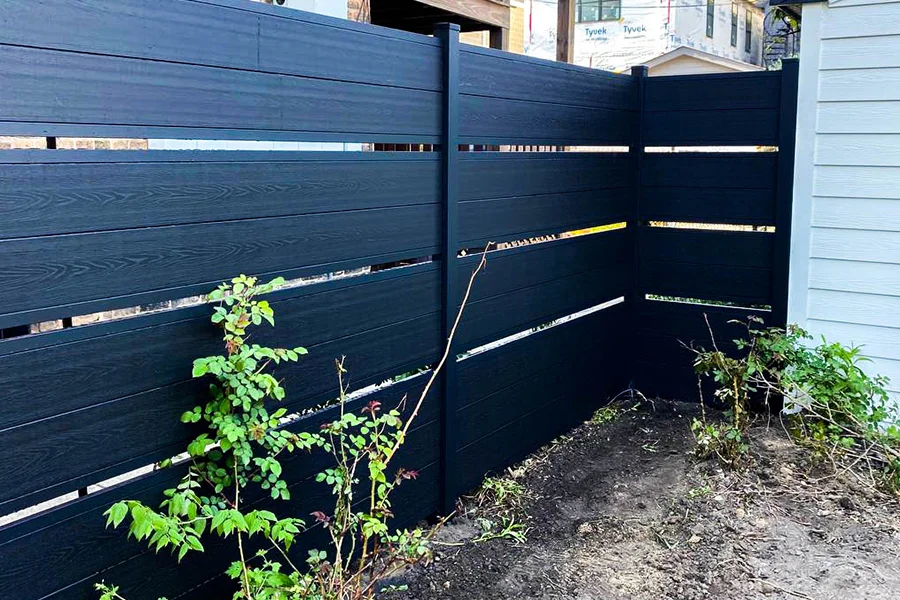
Regional Factors: What Works Best in Your Area
In places like Southern California — from Rancho Cucamonga to Newport Beach and Malibu — constant sun exposure and salty air can ruin wood fences within a few years. Composite fencing performs better in these climates because it’s UV-stable and moisture-resistant.
For inland areas with mild conditions, wood can last reasonably well with proper care. But in humid or coastal zones, where rot and termites are constant threats, composite fencing offers peace of mind and long-term value.
For luxury hillside or coastal homes, composite also aligns better with modern architectural styles — clean lines, bold colors, and low-gloss finishes that complement aluminum gates and contemporary exteriors.
FAQs
Is composite fencing more expensive than wood?
Yes, initially. But after a few years, the money saved on maintenance and repairs makes it the more affordable option overall.
Can composite fences look like real wood?
Absolutely. Many brands now produce ultra-realistic grain textures and natural tones that even mimic the warmth of redwood or cedar.
Does composite fencing fade or crack?
Top-tier composite boards include UV protection to resist fading and cracking, even under intense sunlight.
Can you paint or stain composite fencing?
It’s not necessary since the color is integrated into the board. However, if you want to refresh the look, you can paint it using bonding primers designed for composites.
Which option increases home value more?
Composite fencing tends to boost resale appeal because buyers love the idea of a modern, maintenance-free fence that looks great for decades.


